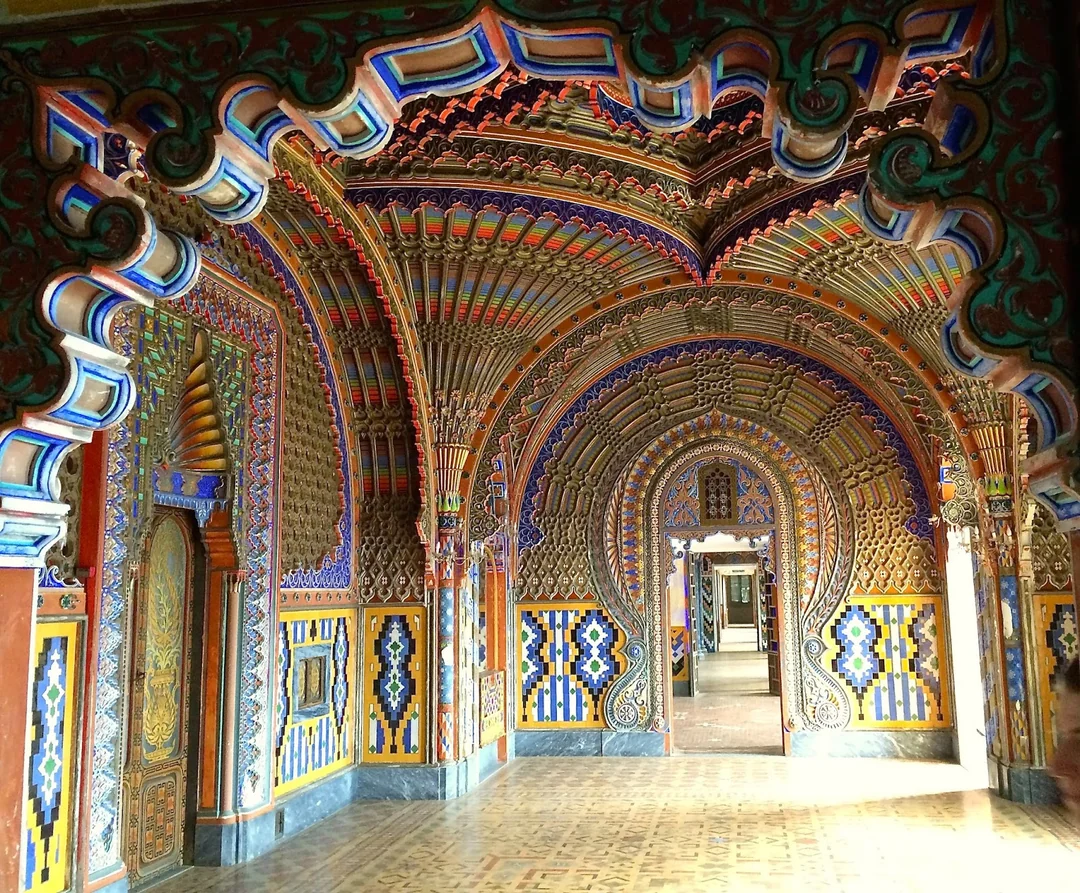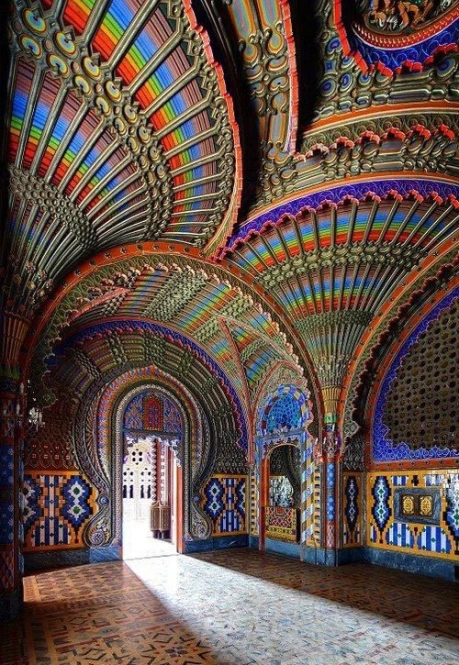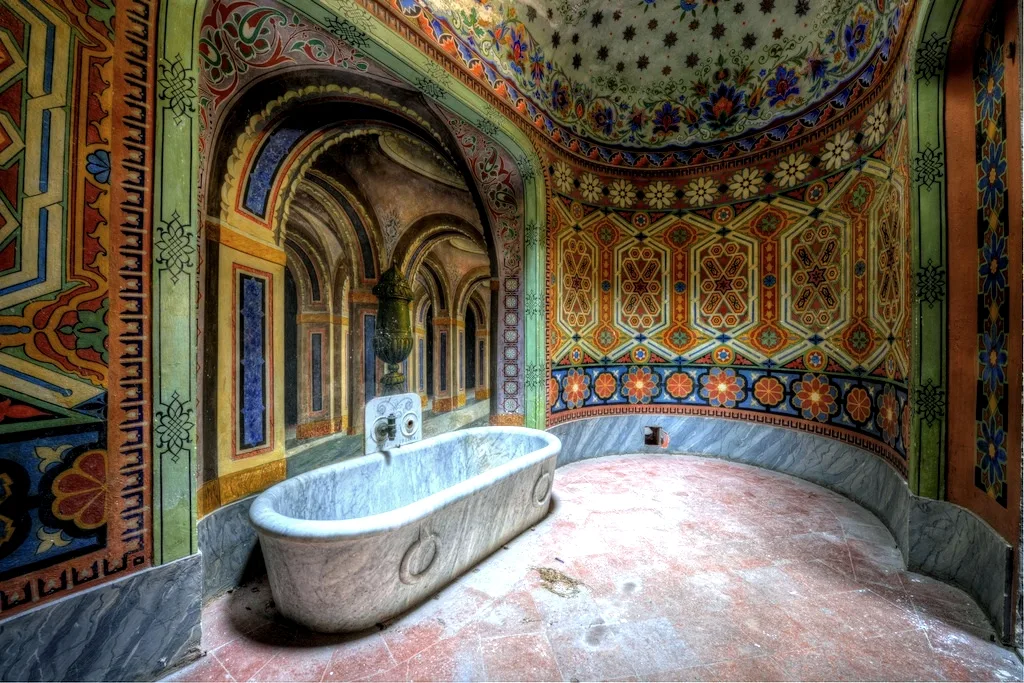In 1649, amidst Europe’s turmoil of war and revolution, French artist Claude Mellan created an extraordinary engraving, The Sudarium of Saint Veronica, that redefined artistic possibility. Using a single, unbroken spiral line on a copper plate, Mellan crafted the face of Christ as it appeared on the legendary cloth of Saint Veronica, believed to have miraculously captured Jesus’s image during his Passion. Starting from a dot at the nose, the line swirls outward, modulating in thickness to sculpt light, shadow, and depth with no cross-hatching or corrections. Inscribed with “Formata unica linea” (“Formed from a single line”), this Baroque masterpiece blends technical audacity with spiritual resonance, leaving a legacy that challenges artists and viewers to ponder the limits of human skill and divine inspiration.

A Singular Feat of Artistry
Mellan, born in 1598 in Abbeville, France, was a master engraver known for his precision during the Baroque era’s artistic fervor. The Sudarium of Saint Veronica, measuring approximately 43 x 31 cm, depicts the holy cloth imprinted with Christ’s face, a relic tied to Veronica’s act of compassion on the road to Calvary. Unlike traditional engravings, which rely on layered lines and cross-hatching, Mellan’s work uses one continuous spiral, starting at the nose and spiraling outward to form eyes, beard, and crown of thorns. The line’s varying width—achieved by adjusting pressure on the burin—creates depth and shading, a technique so precise that a single error would ruin the plate.

This single-line method was unprecedented, requiring superhuman control over the burin, a steel tool used to incise copper. The engraving’s perfection mirrors the sudarium’s miraculous nature, suggesting divine unity—no seams, no breaks, just one fluid gesture. Mellan’s inscription, a subtle boast, underscores the feat’s audacity, while the work’s spiritual weight tied it to the Counter-Reformation’s emphasis on sacred imagery.
Historical and Cultural Context
Created during the Thirty Years’ War’s aftermath and France’s Fronde rebellion, the Sudarium emerged in a time of crisis, when art often served as spiritual solace. Mellan, working in Paris and later Rome, was influenced by Baroque ideals of drama and devotion, seen in contemporaries like Caravaggio. His earlier engravings, like portraits of cardinals, showed technical brilliance, but the Sudarium elevated him to legend. Displayed in churches and collections, it stunned 17th-century critics, with one, Pierre-Jean Mariette, praising its “miraculous” execution.

The Sudarium’s single-line technique parallels other ingenious creations, like Leonardo’s double helix staircase or the Dahomey Amazons’ cornrow maps, where simplicity masks profound skill. Its spiritual resonance, evoking a divine imprint, aligns with relics like the Shroud of Turin, while its technical innovation echoes the precision of the Jadeite Cabbage or the Lamassu’s carvings.
Modern Resonance and Challenges

Housed in institutions like the Metropolitan Museum of Art and the Bibliothèque Nationale de France, the Sudarium remains a marvel, drawing scholars and artists who study its technique. Replicating it today, even with modern tools, would be daunting—digital styluses lack the tactile feedback of a burin, and the mental focus required is immense. The work raises questions about whether Mellan’s hand was driven by patience, muscle memory, or something transcendent, and whether modern artists could match his precision without digital aids.
Lessons for Today
The Sudarium offers timeless lessons:
Mastery in Simplicity: Like Samir and Muhammad’s bond, Mellan’s single line shows that brilliance lies in bold, minimal gestures, inspiring creators to prioritize impact over complexity.

Art and Faith: Its spiritual depth, akin to the Medusa head’s protective role, encourages blending meaning with craft in modern art.
Preserving Genius: Protecting works like the Sudarium, as with HIMI or the Ashley Beds, ensures we learn from past daring, urging conservation of cultural treasures.

A Line Through Time
Claude Mellan’s Sudarium of Saint Veronica, crafted in 1649 with one unbroken spiral, is a Baroque miracle, blending devotion with technical wizardry. Like the black seadevil’s eerie glow or the Space Shuttle Enterprise’s journey, it captures humanity’s ability to transcend limitations. Its single line, trembling with daring, whispers of courage and perfection, inviting us to marvel at an artist who etched divinity into copper and left a mark that still resonates centuries later.





